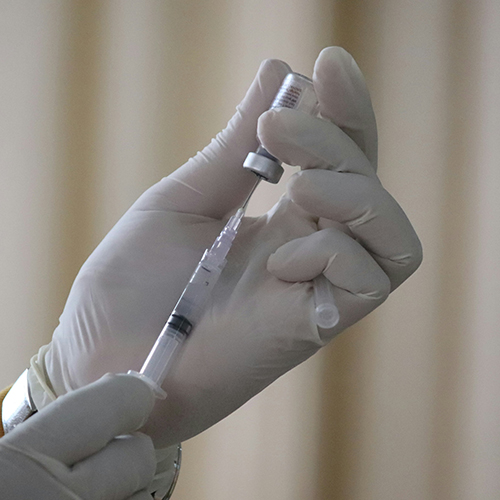
Good news may be in store for those who have mesothelioma. After a 16-year wait, the U.S. Food and Drug Administration (FDA) recently approved a treatment option to combat the long-term effects of asbestos exposure.
While surgery can often remove cancerous tissue from a patient’s body, invasive procedures aren’t a commonly accepted approach in terms of mitigating the risk of embedded asbestos fibers. However, what kind of results might the new treatment present?
Treatment, but not without tradeoffs
The combination of Opdivo and Yervoy is only the second FDA-approved therapy for malignant pleural mesothelioma. This may increase optimism despite the previous oncological approach to the disease, which resulted in dismal survival rates.
Asbestos exposure results in roughly 20,000 cancer diagnoses per year across the United States. Hopes are high that this drug therapy combination will decrease the growth of inoperable tumors. Yet, it may be too soon to say whether its use will significantly increase life expectancy.
In a two-year trial involving 605 patients, survival increased by a median of four months over that of those who received chemotherapy. As is the case with treatment for most life-threatening diseases, this regimen also presented unfavorable side effects.
Diarrhea and fatigue may be minor complaints, compared to a potential inflammation of healthy organs. Serious reactions may include:
- Hepatitis
- Colitis
- Endocrinopathy
Perhaps somewhat surprisingly, both drugs approved to treat cancer in the lung lining have known indications of breathing problems.
Pre-existing liver or immune system complications could also raise concerns. Providers should be aware of pregnancy or organ transplants before beginning treatment as well.
American necessity overrides global hesitation
Regulatory organizations from Canada, Brazil, Switzerland and Australia joined forces with the FDA’s review of the Bristol-Myers Squibb Company’s treatment. While approved ahead of schedule in the U.S., international approvals remain in flux.
The new treatment regimen has the potential to create additional risks, especially on the heels of the coronavirus. Yet, with more than 45,000 American lives lost due to the disease between 1999 and 2015, it may be the best approach currently available.














